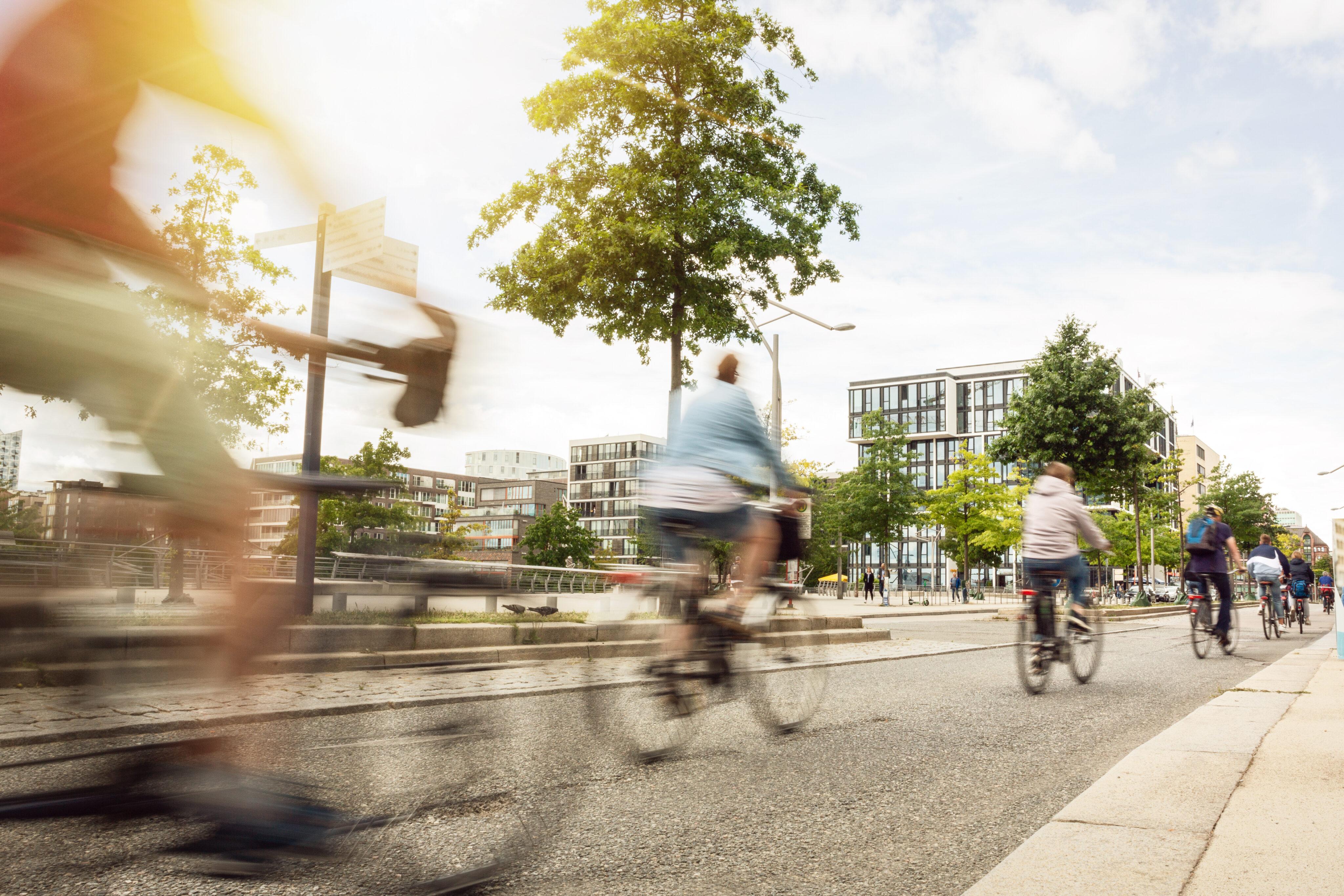In 2000, the European Commission established 22 September as World Car-Free Day, a date that concludes the celebration of European Mobility Week, which began on 16 September with the aim of promoting the use of more sustainable means of transport and avoiding the most polluting ones.
This day also seeks to raise awareness among citizens about the opportunity of using alternative means of transport to the car to reduce air pollution and improve air quality in cities.
It also seeks to highlight the benefits of the use of more environmentally friendly means for people’s health and for mobility in urban areas, by reducing levels of congestion on the roads.
This year the slogan chosen by the European Commission for the European Mobility Week is “Shared public space”. Under this idea, the aim is to promote a change in behaviour towards public transport, active mobility, with the use of bicycles or giving priority to pedestrians, and other cleaner transport solutions.
According to the World Health Organization (WHO), air pollution is one of the greatest environmental health risks , causing about 7 million deaths a year due to toxic levels of polluted air. It also points out that 99% of the world’s population breathes air that does not comply with WHO air quality guidelines as it contains environmental pollutants in the form of particulate matter that cause health problems (cardiovascular, cerebrovascular and respiratory diseases). Urban areas are also particularly sensitive to this problem, as they are currently home to more than 50% of the world’s population and this figure is expected to reach 68% by 2050, according to the World Cities Report prepared by UN-Habitat.
In this sense, the trend towards global population increase would continue to produce a widespread use of polluting cars, and, consequently, high levels of environmental pollution and higher greenhouse gas emissions.
In this context, the Biodiversity Foundation of the Ministry for the Ecological Transition and the Demographic Challenge contributes to promoting the renaturalisation of cities, improving their habitability, as well as adapting to and mitigating climate change in urban areas, through the calls for aid that it manages within the framework of the Recovery Plan. Transformation and Resilience (RTRP), funded by the European Union – NextGenerationEU.
For example, the BRERA project, coordinated by the Soria City Council together with the Cesefor Foundation and the Natural Heritage Foundation of Castilla y León, aims to promote a transformation in the city of Soria that improves its habitability, increases biodiversity and its ability to adapt to climate change.
It includes 21 interventions to renaturalize the city, including the creation of new green spaces on public roads, the closure of sections of streets to motorized traffic, the strategic removal of pavement on the road and the reduction of a lane for planting native trees and shrubs.
With the PLAN VILADECANS 3-30-300 project, the Viladecans City Council seeks to transform the city based on the development of its green infrastructure, improving connectivity with natural spaces and the increase and conservation of biodiversity.
Together with the Associació Institut Català d’Ornitologia (ICO), the Barcelona Institute for Global Health Private Foundation (ISGlobal), and the Plant For The Planet Foundation, the project will reduce paved surfaces, increase soil permeability and create cycle lanes that connect Viladecans with neighbouring municipalities.
The Renatura Rivas project aims to green key social areas of the city, increasing and diversifying its green infrastructure and improving its blue infrastructure, which will allow the ecological connection of the new renaturalized spaces.
Led by the City Council of Rivas, the project has, among its main actions, the pedestrianization and renaturalization of low emission zones in accesses to schools, the renaturalization of vacant spaces in the urban fabric of the Barrio Oeste, and the creation of ecological corridors between the renaturalized areas.
Through the LOS HERRÁN BERRIA project, the Vitoria-Gasteiz City Council proposes to strengthen the city’s urban green infrastructure by incorporating new spaces of opportunity for renaturalisation through the implementation of the superblock model, thus taking a further step in the city’s strategy as a green capital and a benchmark in sustainability.
The freeing up of space for cars will reduce air and noise pollution, reduce warming and deepen a city model designed for people’s protagonism and quality of life.

22/09/2024
World Car Free Day, raising awareness to improve the air quality of our cities
Share on:











